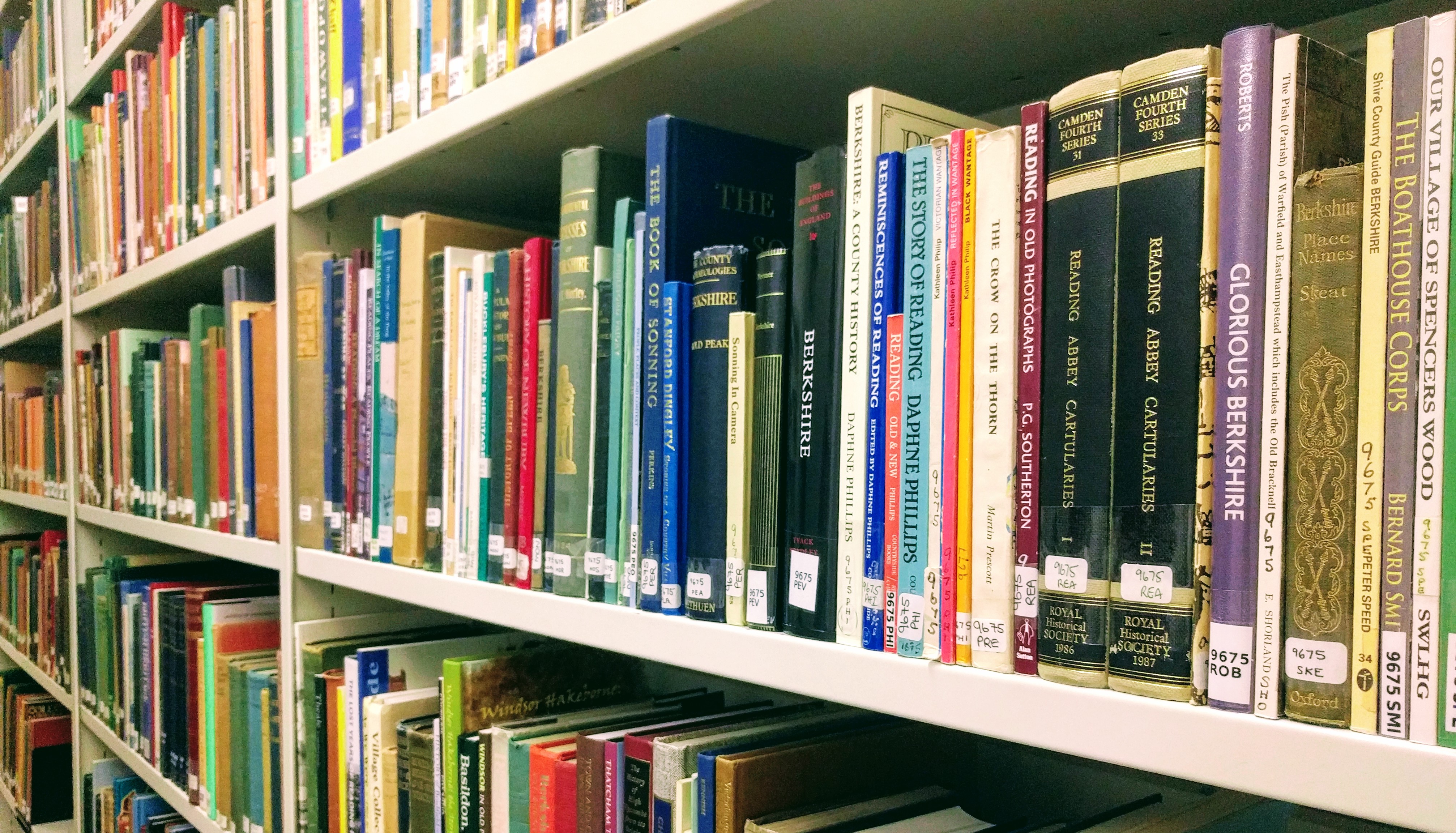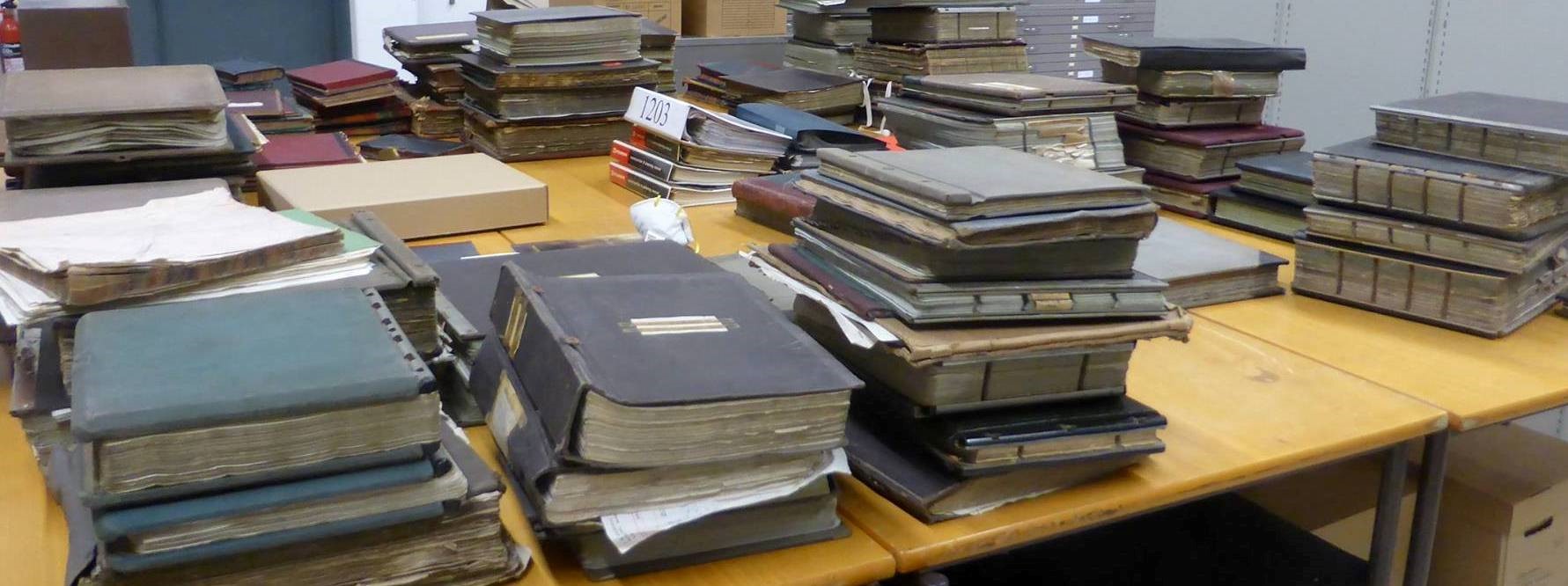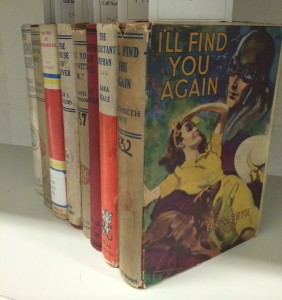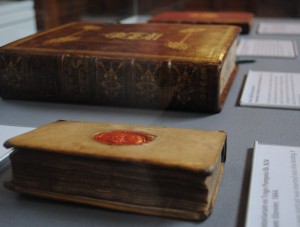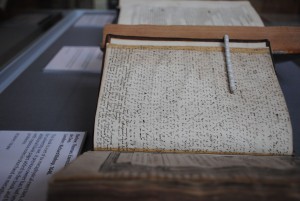The Sainsbury Singers are performing The Wizard of Oz from 17th – 20th May 2017 at the Hexagon, Reading. They visited us here at Special Collections a few weeks ago to get inspiration from our Wizard of Oz Collection.

Lucky Bucky in Oz, WIZARD OF OZ COLLECTION–318
If you hear the name “The Wizard of Oz”, what springs to mind? Visions of the 1939 film starring Judy Garland, with its iconic imagery? Soaring Over the Rainbow, the ruby slippers, evading swarms of flying monkeys…Or do you think of the series of Oz books by American author L Frank Baum, on which the film was based, with its striking illustrations?
Either way, you’re virtually guaranteed to think of something.
But why is The Wizard of Oz such a beloved name in literary and movie history? Why does it inspire such a depth of warm feeling and imagination? The University of Reading Special Collection Service may well hold the answer.
The Sainsbury Singers were lucky enough to be invited to view The Wizard of Oz collection – what is believed to be the largest Oz collection in existence in the UK. It provides a glimpse into the mind of a passionate Baum and Oz collector, with pieces ranging from stage play programmes to Russian book translations.
We spoke to Claire Wooldridge, UMASCS Librarian at the University of Reading Special Collection Service, who told us all about their Oz collection, the other exciting special collections and how to view them. Read our Q&A with Claire below and subscribe to “The Wizard of Vlogs” on YouTube to see a special glimpse of our visit behind the scenes at the Special Collection Service.
The Sainsbury Singers: How did the collection come into the library’s possession?
Claire Wooldridge: Our Wizard of Oz Collection was bequeathed to the University of Reading’s Special Collections service in 2004, by Oz enthusiast Brian Baker.
TSS: What do you know about the original collector and why The Wizard of Oz was so special to them?
CW: We don’t know much about Mr Baker, aside from his obvious passion for all things Oz! The collection contains around 800 volumes, including many editions and translations of The Wizard of Oz, and other associated items. There are a number of sequels by authors such as Ruth Plumly Thompson, John R. Neill, Jack Snow, and other books by Baum, including those written under the pseudonyms Edith van Dyne and Floyd Akers.
The collection also includes some secondary critical material on Baum, several pop-up books, comics, tapes, theatre programmes, sheet music, paper doll books and fan magazines, such as The Baum Bugle.

TSS: Are there any other comparable collections?
CW: This is the largest collection of Oz material that we know of.
TSS: How does the collection evolve? For example, are donations still made, pieces loaned to museums, exhibitions etc?
CW: Our current work on the Oz collection involves adding information on each of the items to our catalogue. This will allow people to search for the items online, then request to view them in our Reading Room. You can see that several hundred items have already been catalogued and are now visible on our Enterprise library catalogue.
TSS: How many countries and languages does the collection cover?
CW: Quite a few! There are translations in Chinese and French for example. There are a significant number of Russian translations too.
TSS: What is the most interesting piece?
CW: It’s hard to pick just one! The first edition of The Wonderful Wizard of Oz, published in 1900, is very special and you can find out more about it in this special article. One of my favourite things about this collection is discovering new Oz characters that I had not heard of before, by browsing the shelves…Lucky Bucky and Invisible Inzi of Oz are the ones which spring to mind!

TSS: What is the most popular special collection?
CW: We are fortunate to hold hundreds of different collections, on all manner of subjects. The University of Reading Special Collections services holds over 5,000 collections of historical and literary manuscripts in our archives and over 50,000 rare books. And that’s to say nothing of the object, archive and library collections held by the Museum of English Rural Life (we are based on the same site).
Our holdings of material relating to the history of books, printing and publishing, children’s books and our Samuel Beckett collection receive most attention.
Two of our collections have been recognised as being pre-eminent collections of national and international significance: the Samuel Beckett collection and the Archive of British Publishing and Printing.
TSS: Who can view the special collections and how do they arrange a viewing?
CW: Anyone can visit us during our opening hours (Mon-Fri 9-5, open to 9pm last Thursday of every month). You will need to fill our a short registration form. The University of Reading Special Collections Service is based at the Museum of English Rural Life, Redlands Road, Reading.
Most of our collections need to be kept in purpose built stores (where we can control light, temperature and humidity). So it’s often worth searching our catalogue before you visit our Reading Room, then emailing what you would like to see to specialcollections@reading.ac.uk.
If you would like to arrange a visit to see the Wizard of Oz collection, or any of our other collection, please email specialcollections@reading.ac.uk.
CW: You can find more information on the collection of our Wizard of Oz collection page and this article on The Wonderful Wizard of Oz. Everything you need to know about using our collections, searching the catalogue and visiting us can be found on our Using the collections page.
The Sainsbury Singers are performing The Wizard of Oz from 17th – 20th May 2017 at the Hexagon, Reading. Tickets from £10 available through the Society Ticket Officer (0118 988 2510) or from £12 through the Hexagon website.
(c) The Sainsbury Singers / The University of Reading Special Collections Service (2017)
